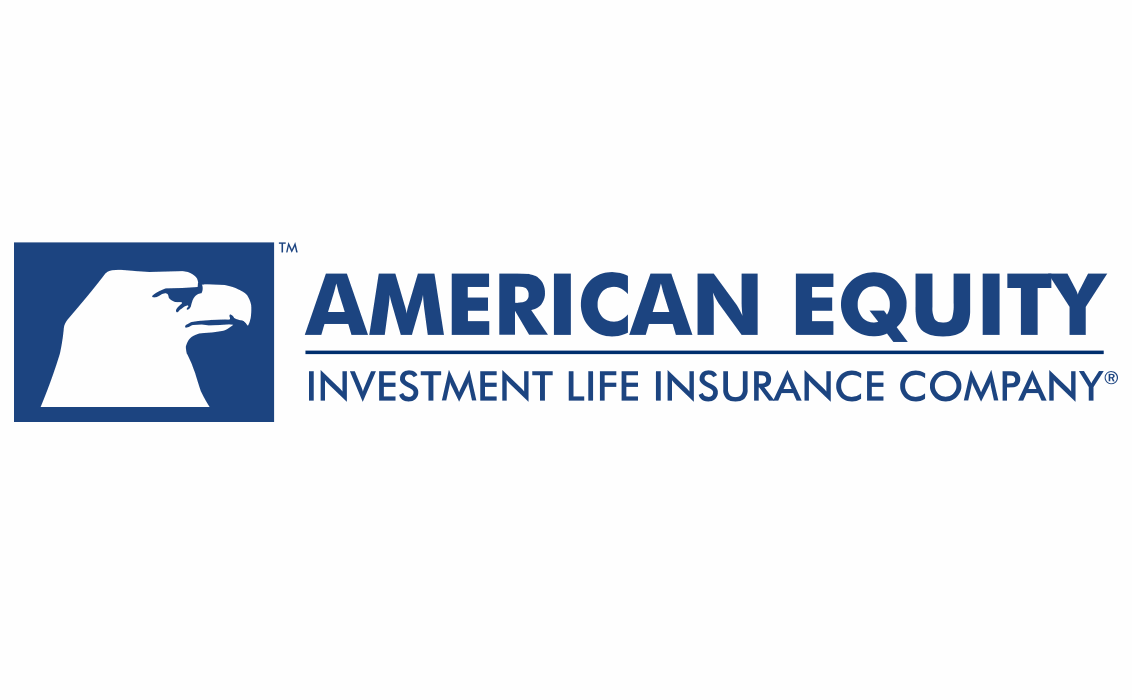American Equity plans sidecars for third-party annuity reinsurance capital

American Equity Investment Life Holding Company, a US annuity insurance and investment company, is planning to establish sidecar structures to bring third-party reinsurance capital into its operation and generate additional fee income for its business.
It’s the latest evidence of a growing wave of use of third-party institutional investor capital to back expansive life and annuity insurance platforms.
Private equity giant Apollo Global Management and its life and retirement reinsurance company Athene were the first, with the launch of their Athene Co-Invest Reinsurance Affiliate (ACRA) third-party capitalised sidecar vehicle (our latest on the ACRA structure here).
They were followed by the KKR backed United States based life, retirement and annuities insurance and reinsurance company Global Atlantic Financial Group, which launched its Ivy Re co-investment vehicle as a sidecar like structure in 2020 (our latest on the Ivy structure here).
The rationale for bringing third-party capital into these large life and annuity businesses is very similar to the one seen at property and casualty reinsurance firms.
The sidecar structures bring complimentary capital sources that can enable even larger deals to be done, or risks to be reinsured, while the economics of the business can then be shared with the institutional investors and fee income be earned for the management of the third-party capital.
So they are a structure being used for growth, as well as protection and also additional revenue generation, with the large life and annuity specialists tapping low-cost capital to support their business growth.
American Equity is, like other annuity focused life players, pursuing a capital light approach and intends to lean on third-party sources of reinsurance capital to reduce weight on its own capital and balance-sheet.
Implemented effectively, such a strategy can help American Equity to do more, writing more business and optimising its retained portfolio versus the one shared with investors, all while benefiting from the asset side of this business and generating management fee income at the same time.
As a result, a sidecar structure that participates in large transactions, or provides reinsurance or retrocessional capital directly to American Equity, is a strategy that makes sense for the company.
American Equity established its own Bermuda reinsurer recently, getting a Class C license for its AEL Bermuda Reinsurance Company.
In launching AEL Bermuda Reinsurance, American Equity transferred $4 billion of in-force policies to the company, which was supported by approximately $300 million of capital on a Bermuda regulatory basis.
The insurer said that this now “lays the foundation for future growth in reinsurance sidecar vehicles” which it expects will drive fee-like earnings from return on assets.
American Equity’s President and CEO, Anant Bhalla, commented that, “Over the next few years, we intend to further scale up the following three areas: allocation to private assets, total assets earning fees or investment spread, and bringing in third party capital through reinsurance to fuel growth.
“This should result in the realization of the full potential of our business strategy and continue to grow shareholder returns by migration to the capital-light model we envision.”
Expanding on this, the company disclosed an ambition to, “Grow our reinsured liabilities resulting in recurring fee- revenues through existing reinsurance relationships, and new relationships including sidecar vehicles backed by third party capital.”
American Equity believes it can replicate what it has done with AEL Bermuda Re, but with third-party investor backing, to establish sidecar reinsurers that it can cede business to, while earning its fees from the management and accumulated float investment potential.
This different approach to capital structure for a US life and annuity insurer has developed out of insurance-linked securities (ILS) practices and senior executives realising that a sidecar like approach may be more efficient than taking on capital from private equity investor sources, which used to be a growth driver for these companies.
As a result, we expect to see more companies pursuing this type of arrangement, as third-party investor support in more capital efficient forms becomes increasingly attractive. Especially given the costs of approaching private markets for more formal capital raising efforts.






